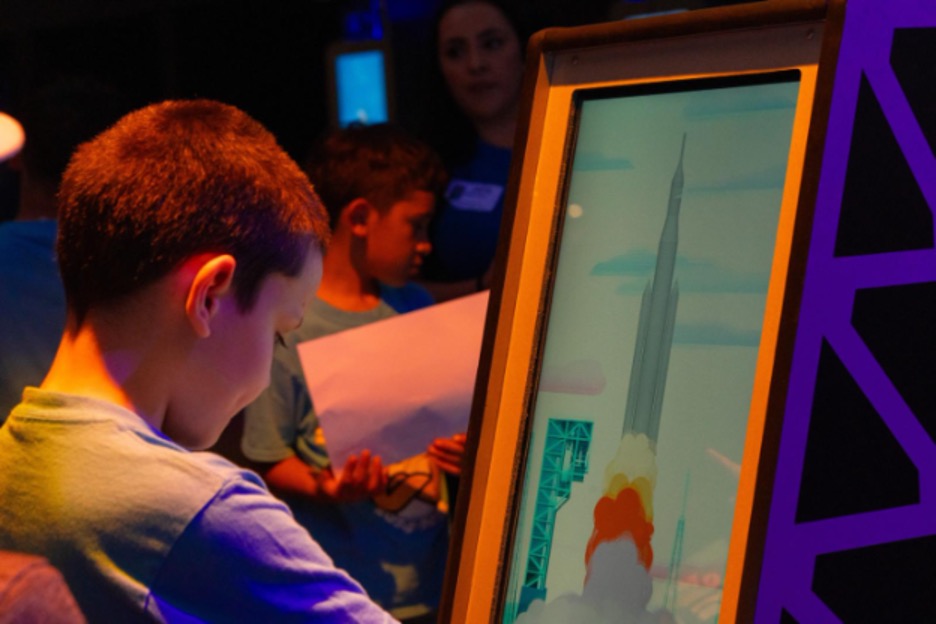The night sky offers a show unlike anything else. In this monthly series, we will explore some of the top viewing experiences for backyard astronomers.
Here are some highlights from NASA’s most recent Skywatching report, as to what you can look forward to observing in the September sky!
Sept. 3 – Pollux appears
This morning, get up early to see Pollux! The bright star will appear above the Moon, which will rise in the east-northeast at 1:42 a.m. CT.
Sept. 5 – Venus and Spica appear closest together in the evening sky
Observe Venus and Spica in tonight’s evening sky, as they appear just above the west-southwestern horizon, around 7:31 p.m. CT. The bright star Spica will appear just 1 degree below Venus, and 5 degrees above the horizon, and will set first at 7:58 p.m. CT.
Sept. 9 – Venus, the Moon, and Spica make a triangle in tonight’s sky
Get ready to see something cool in tonight’s sky! In the evening, Venus, the Moon, and Spica will appear in a triangular formation, with the Moon at the top of the triangle, Venus to the bottom left, and Spica appearing just below the Moon. Look just above the west-southwestern horizon around 7:24 p.m. CT to observe all three!
Sept. 12 – Antares makes an appearance
Don’t miss your chance to see Antares this evening by looking to the lower left of the Moon as it appears around 7:19 p.m. CT. You’ll have until 9:39 p.m. CT to catch a glimpse of this bright star.
Sept. 13 – Mercury is at its greatest elongation and Neptune is at Opposition
Just after sunset, gaze up at the evening sky to see Mercury at its greatest elongation. The planet will appear half-lit if you view it through a large enough telescope.
You may also be able to see Neptune tonight, which will be at opposition (its closest and brightest for the year). However, it will be difficult to see the planet without a telescope, so this evening would be great for bringing one along, or for a trip to the observatory!
Sept. 17-18 – Jupiter appears in the night sky
All night and into the morning (7:11 p.m. – 3:04 a.m. CT), watch Jupiter appear to shift clockwise around the Moon.
Sept. 20 – Mercury and Spica appear closest together, and the Harvest Moon rises
Tonight, and tomorrow evening, Mercury and Spica will appear at their closest. However, this may be hard to observe without clear skies, a telescope, or binoculars. Look for the planet and bright star above the west-southwestern horizon following sunset (around 6:38 p.m. CT). Mercury will appear just above the horizon, below Spica.
This month’s full Moon, the Harvest Moon, will rise tonight but will appear full from Sunday night to Wednesday morning.
Watch the video below to find out what constellations you can see in September. This video is produced by the Space Telescope Science Institute, home of science operations for the Hubble Space Telescope, in partnership with NASA’s Universe of Learning.
Spot the Station
Watch the International Space Station pass overhead from several thousand worldwide locations. It is the third brightest object in the sky and easy to spot if you know when to look up. Visible to the naked eye, it looks like a fast-moving plane only much higher and traveling thousands of miles an hour faster! Find out when you can spot the station.
For stargazing tips, explore our guide. To learn more information about September 2021 celestial events, visit NASA Solar System Exploration.








